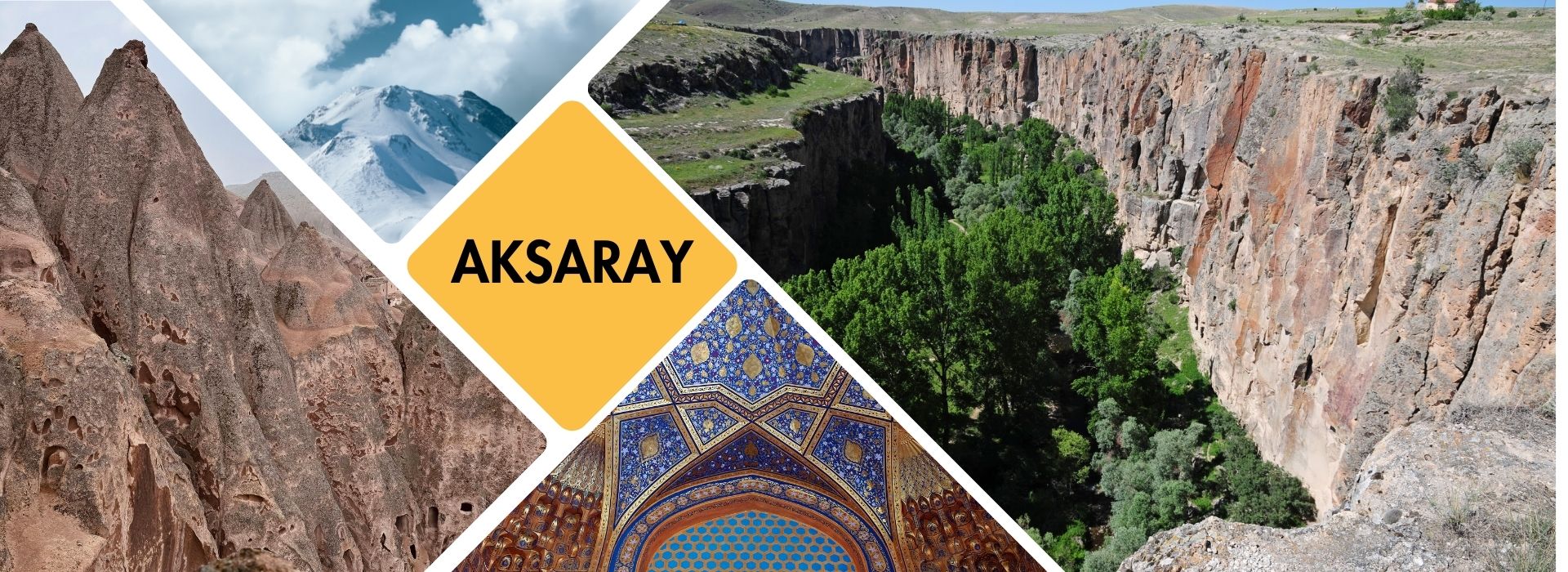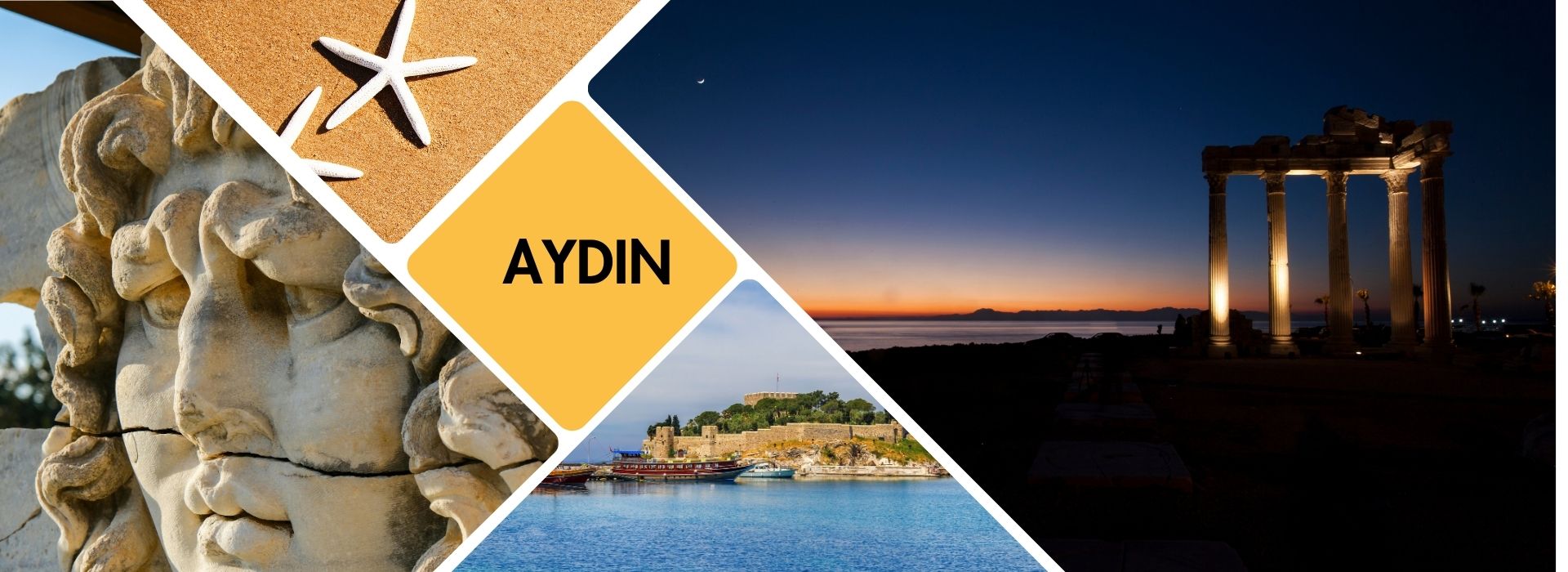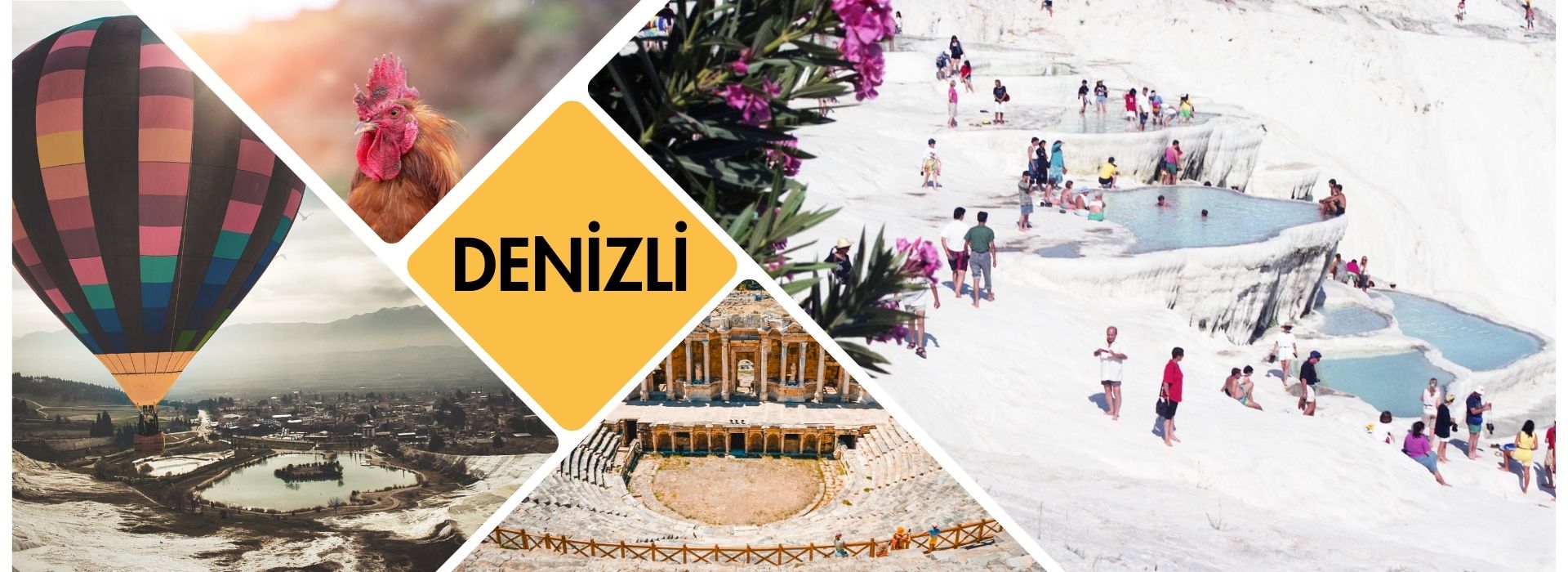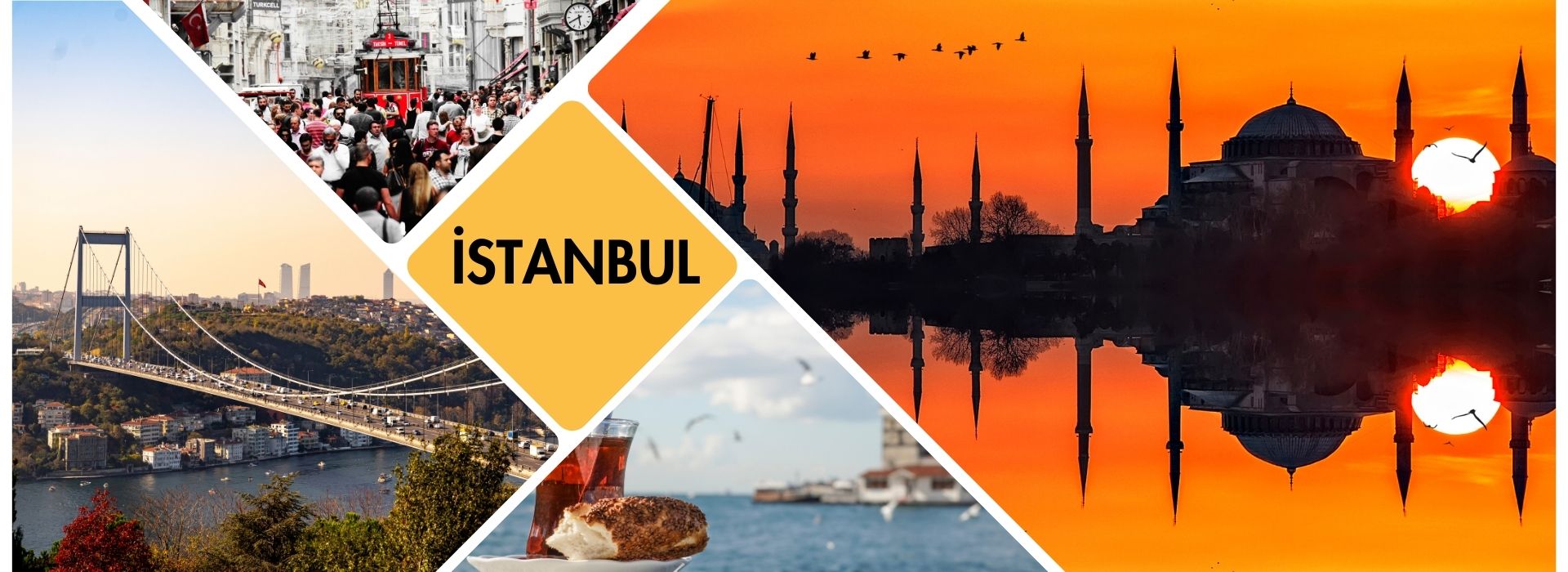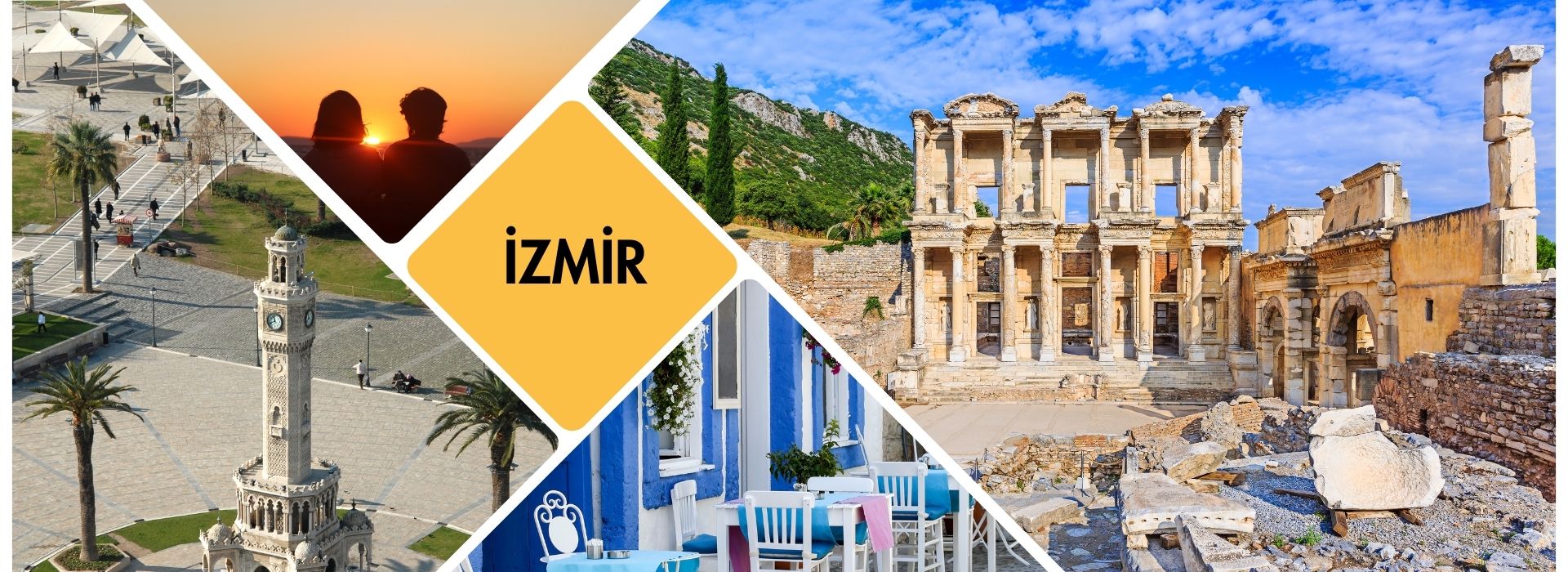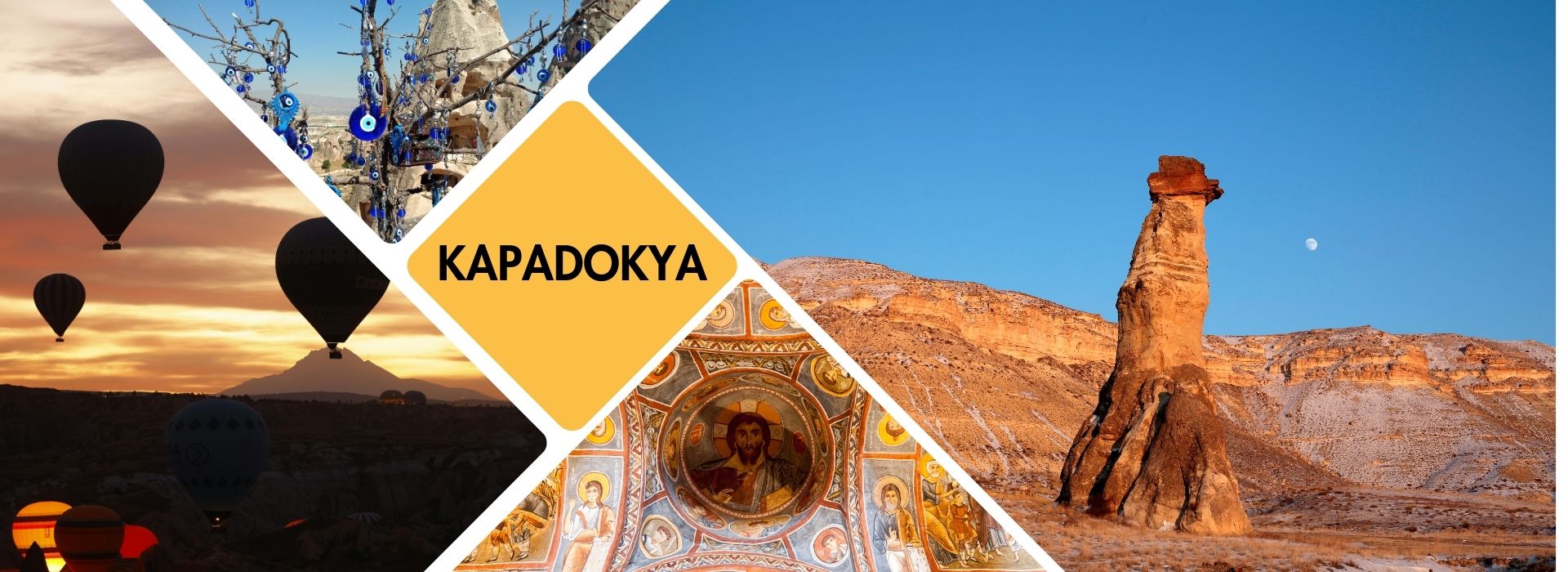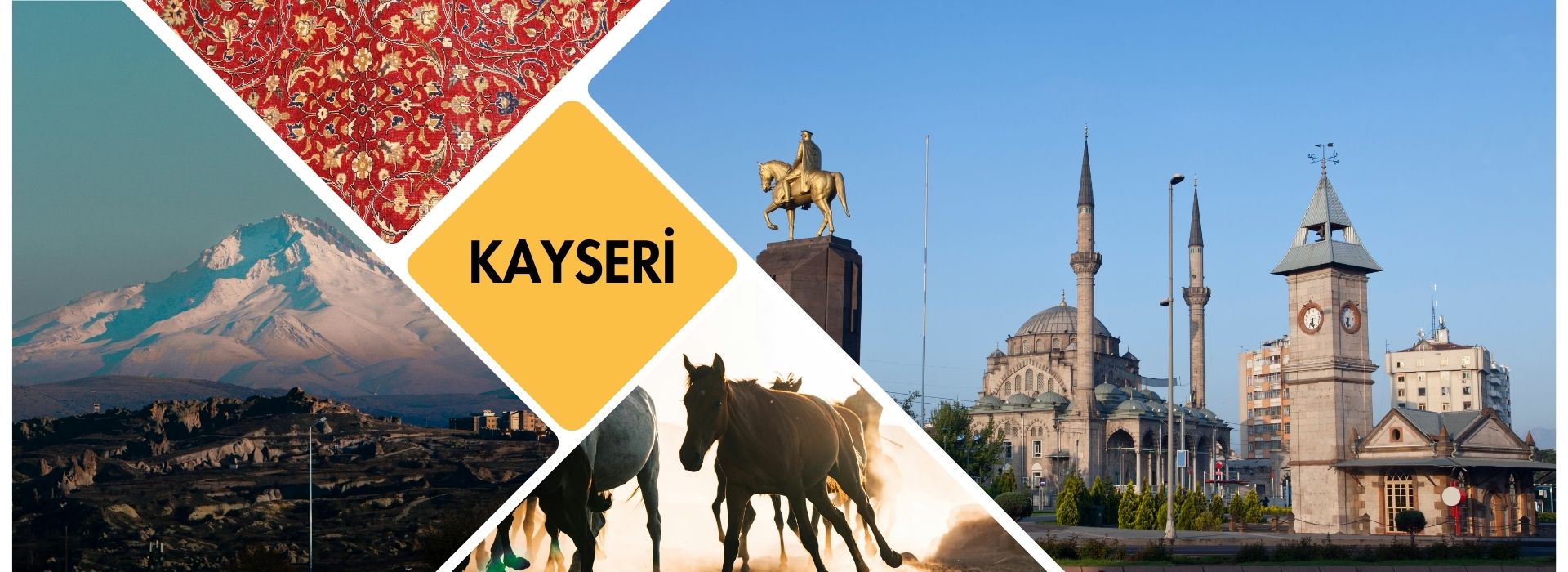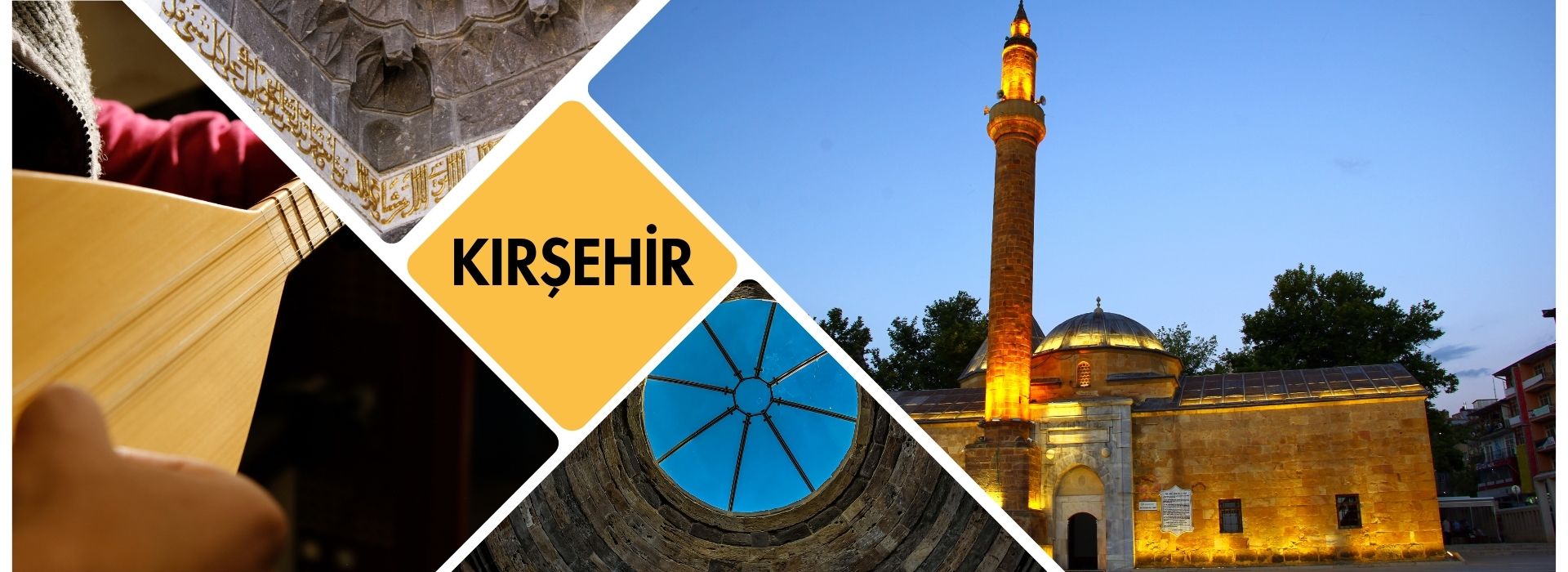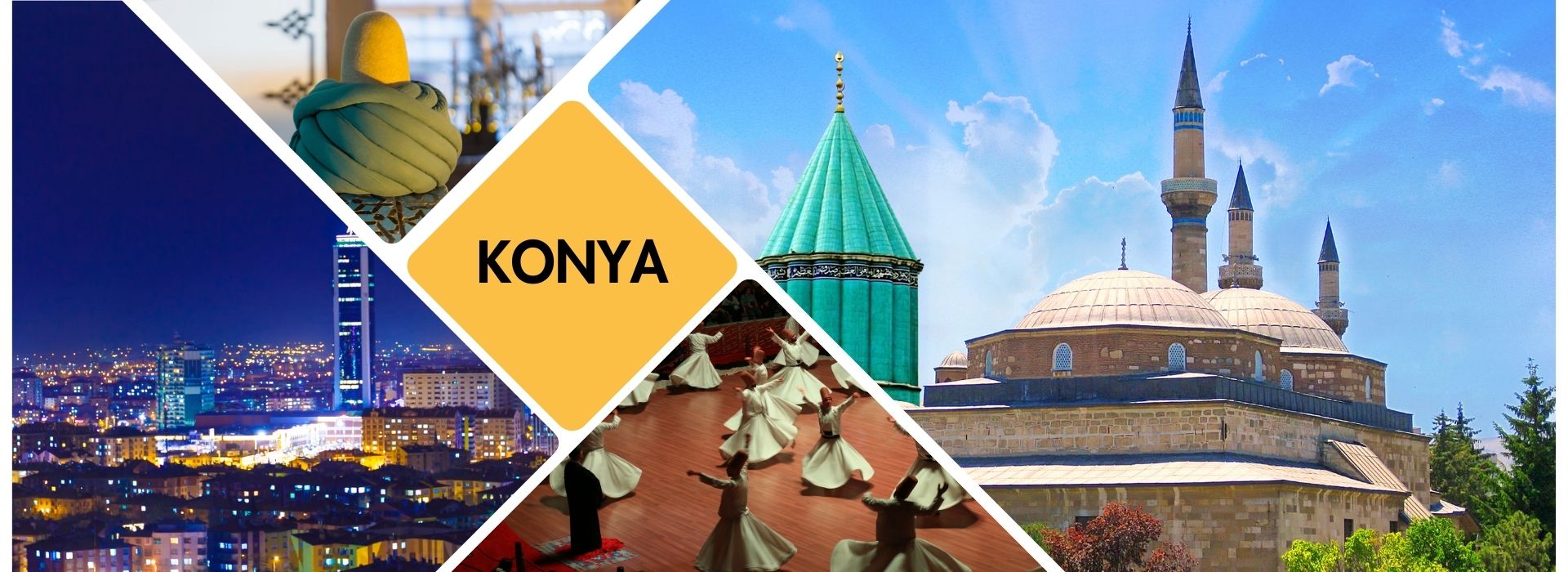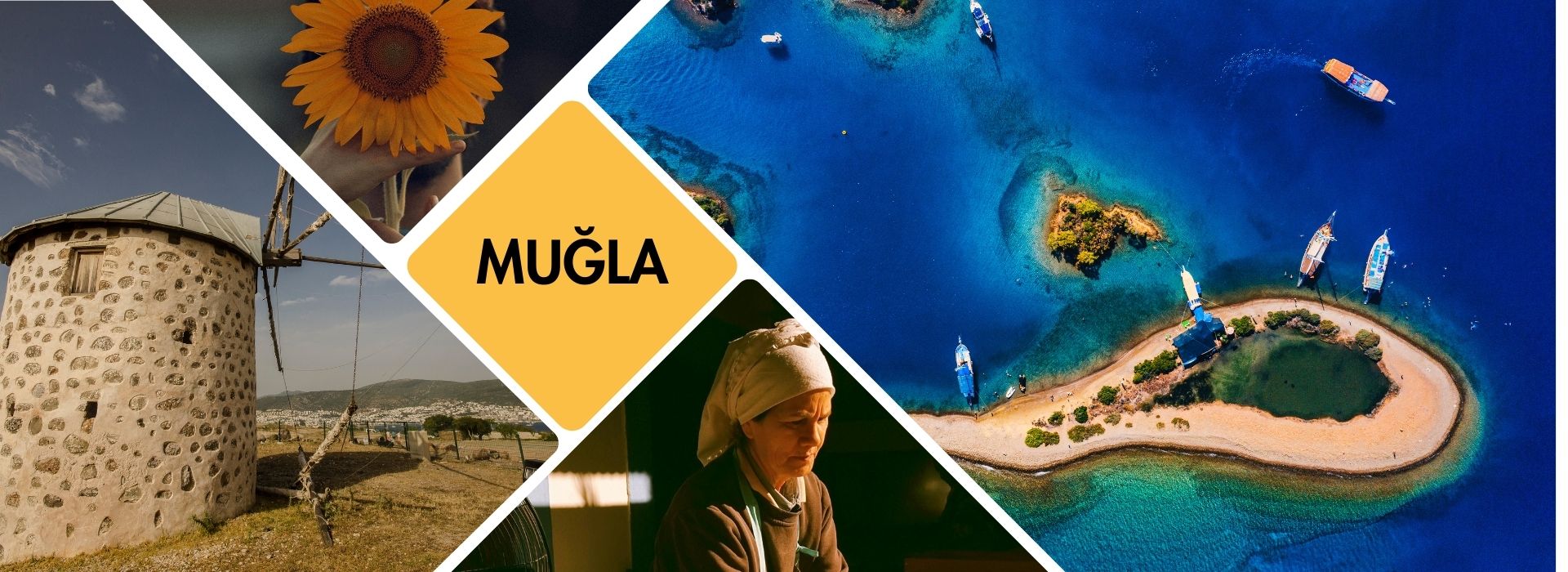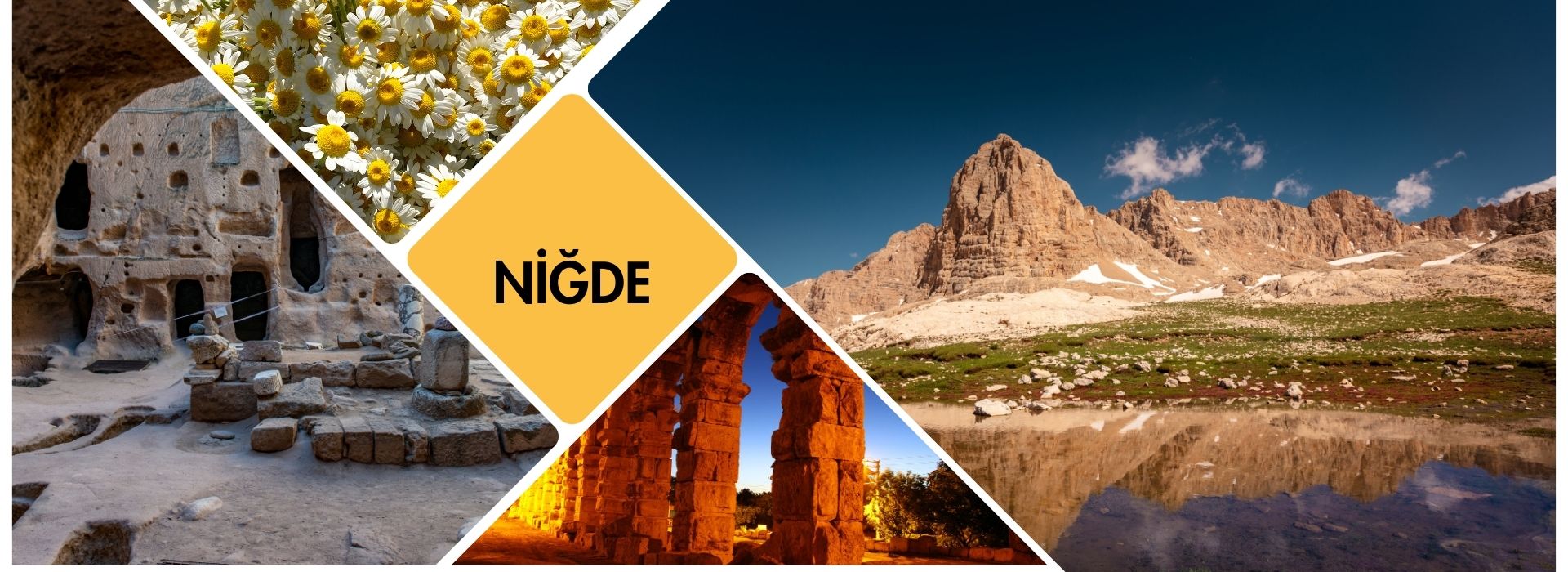

Traces of Christianity in Cappadocia: From the Fathers of the Church to the Population Exchange
Cappadocia is not only a land of extraordinary landscapes but also one of the most significant regions in Christian religious and intellectual history. With its rock-carved churches, underground cities, and fresco-filled chapels, it stands today as a living museum of early Christianity.
In this article, we’ll explore the fascinating journey of Christianity in Cappadocia — from the era of the "Fathers of Cappadocia", through iconoclasm, and into the hidden underground faith communities, up to the peaceful coexistence under the Seljuks and Ottomans, and finally the departure of Christians during the population exchange of the early 20th century.
👥 The “Fathers of Cappadocia”
After the crucifixion of Jesus, apostles spread Christianity throughout the world, and Anatolia became one of the key routes for their mission. In Cappadocia, early Christians built underground cities and monasteries, forming a powerful religious and intellectual center.
Among the most influential religious leaders were three saints who would come to be known as “The Cappadocian Fathers”:
- Saint Gregory of Nazianzus (from Aksaray)
- Saint Gregory of Nyssa (from modern-day Nevşehir)
- Saint Basil the Great of Caesarea (from Kayseri)
These thinkers played a foundational role in shaping Christian theology and left a profound influence on the Eastern Church.
🖼️ The Iconoclast Controversy: A Ban on Sacred Art
The golden age of the Byzantine Empire was reflected in the elaborate frescoes adorning Cappadocia’s churches. However, in 730 AD, this artistic tradition was abruptly halted by the Iconoclast movement, which banned religious imagery.
- Initiated under Emperor Leo III, the movement led to the destruction of many icons, mosaics, and wall paintings.
- In 787 AD, the Second Council of Nicaea reinstated the veneration of icons, allowing sacred art to flourish once again.
As a result, Cappadocia’s churches today display a layered visual history, from minimalist early designs to vibrant post-Iconoclast artwork.
🛐 Underground Faith: Early Christian Life in Secrecy
Beginning in the 3rd century AD, Christian communities fled Roman persecution and settled in Cappadocia. The region’s soft volcanic rock allowed them to:
- Carve multi-level underground cities
- Create homes and chapels inside fairy chimneys
- Establish safe spaces for worship and education
These hidden sanctuaries became central to preserving and spreading Christianity during times of oppression.
🏛️ From the Byzantine Empire to the Seljuks: A Changing Landscape
With Emperor Constantine’s Edict of Milan in 313 AD, Christianity was legalized and Christian life in Cappadocia emerged from underground.
By 371–372 AD, Cappadocia was divided into three administrative regions:
- Cappadocia I: Caesarea (present-day Kayseri)
- Cappadocia II: Tyana (now Kemerhisar in Niğde)
- Cappadocia III: Makissos (now Kırşehir)
During the Byzantine golden age under Emperor Justinian, magnificent icons and richly decorated chapels flourished in even the smallest rock-cut churches.
🕊️ Religious Coexistence and Final Departure
Cappadocia’s Christian communities:
- Enjoyed freedom of worship under the Seljuks,
- Continued their practices under the Ottoman Empire, although growth slowed
- Lived peacefully alongside Muslim neighbors
However, the 20th century brought irreversible change.
- Following World War I and the Treaty of Lausanne, a population exchange between Greece and Turkey was enacted.
- Between 1924 and 1926, Christians were forced to leave Cappadocia permanently.
Though they departed, they left behind a rich legacy: iconography, church architecture, and centuries of cultural heritage.
🗺️ Discovering Christian Heritage with Advisormapp
With the Advisormapp app and website, you can:
- 🕍 Locate ancient churches, monasteries, and underground cities
- 🎧 Enjoy multilingual audio guides explaining the historical significance of each site
- 📍 Follow thematic routes like “Cappadocia’s Sacred Path”
- 📷 Plan your trip around key religious landmarks
📌 Final Thoughts
Cappadocia is not just a visual wonder — it’s a silent witness to over a thousand years of Christian faith. From the Fathers of the Church to hidden underground chapels, from Byzantine frescoes to modern-day ruins, the region tells a story of faith, resilience, and transformation.
📲 Download Advisormapp today and discover the spiritual heritage of Cappadocia like never before — guided by history, enriched by technology.

